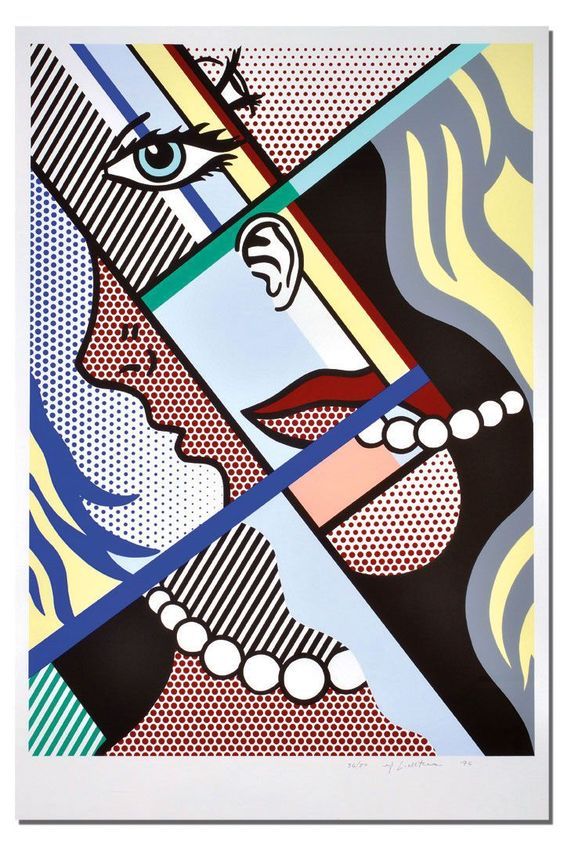Donald Trump plays golf more than any other modern president. And he cheats more, too. A new book is coming out Tuesday titled, Commander in Cheat: How Golf Explains Trump, and goes into great detail describing how, exactly, President Donald Trump cheats on the links, and the New York Post published excerpts on Saturday. To write the book, author and former Sports Illustrated columnist Rick Reilly spoke with golf professionals and celebrities who have played with the president and discovered they each had a story about his cheating.
“To say ‘Donald Trump cheats’ is like saying ‘Michael Phelps swims,'” Reilly wrote. “He cheats at the highest level. He cheats when people are watching and he cheats when they aren’t. He cheats whether you like it or not. He cheats because that’s how he plays golf … if you’re playing golf with him, he’s going to cheat.”
 Trump’s cheating begins with his handicap—a number that is generated based on a player’s average score, ostensibly to allow players of different abilities to compete against one another. And, theoretically, the lower a player’s handicap, the better the player they are. For example, the Post points out, golfing legend Jack Nicklaus had a handicap of 3.4, higher (and therefore worse) than the 2.8 handicap Trump claims.
Trump’s cheating begins with his handicap—a number that is generated based on a player’s average score, ostensibly to allow players of different abilities to compete against one another. And, theoretically, the lower a player’s handicap, the better the player they are. For example, the Post points out, golfing legend Jack Nicklaus had a handicap of 3.4, higher (and therefore worse) than the 2.8 handicap Trump claims.
“If Trump is a 2.8, Queen Elizabeth is a pole vaulter,” Reilly wrote.
Even Samuel L. Jackson has witnessed our president’s cheating ways: “We clearly saw him hook a ball into a lake at Trump National [Bedminster, New Jersey], and his caddy told him he found it!” he recalled.
LPGA player Suzann Pettersen also told Reilly she is convinced Trump’s caddy facilitates his cheating, saying, “no matter how far into the woods [Trump] hits the ball, it’s in the middle of the fairway when we get there.”
But Trump doesn’t stop at making his caddy do all the dirty work. The president has also moved his fellow players’ balls to give himself an advantage. Former ESPN football announcer Mike Tirico recalled one time he played with Trump and hit one of the best shots of his life. He knew he landed close to the green, he said, but by the time he reached the green, his ball was mysteriously 50 feet to the left the hole and in a bunker.
Tirico said that Trump’s caddy later pulled him aside after the game and told him Trump had cheated: “Trump’s caddy came up to me and said, ‘You know that shot you hit on the par 5? It was about 10 feet from the hole. Trump threw it in the bunker. I watched him do it,’” he said.
by Peter Wade, Rolling Stone | Read more:
Image: via
[ed. Of course. See also: Rick Reilly Is Woke Now (The Ringer).]
“To say ‘Donald Trump cheats’ is like saying ‘Michael Phelps swims,'” Reilly wrote. “He cheats at the highest level. He cheats when people are watching and he cheats when they aren’t. He cheats whether you like it or not. He cheats because that’s how he plays golf … if you’re playing golf with him, he’s going to cheat.”
 Trump’s cheating begins with his handicap—a number that is generated based on a player’s average score, ostensibly to allow players of different abilities to compete against one another. And, theoretically, the lower a player’s handicap, the better the player they are. For example, the Post points out, golfing legend Jack Nicklaus had a handicap of 3.4, higher (and therefore worse) than the 2.8 handicap Trump claims.
Trump’s cheating begins with his handicap—a number that is generated based on a player’s average score, ostensibly to allow players of different abilities to compete against one another. And, theoretically, the lower a player’s handicap, the better the player they are. For example, the Post points out, golfing legend Jack Nicklaus had a handicap of 3.4, higher (and therefore worse) than the 2.8 handicap Trump claims.“If Trump is a 2.8, Queen Elizabeth is a pole vaulter,” Reilly wrote.
Even Samuel L. Jackson has witnessed our president’s cheating ways: “We clearly saw him hook a ball into a lake at Trump National [Bedminster, New Jersey], and his caddy told him he found it!” he recalled.
LPGA player Suzann Pettersen also told Reilly she is convinced Trump’s caddy facilitates his cheating, saying, “no matter how far into the woods [Trump] hits the ball, it’s in the middle of the fairway when we get there.”
But Trump doesn’t stop at making his caddy do all the dirty work. The president has also moved his fellow players’ balls to give himself an advantage. Former ESPN football announcer Mike Tirico recalled one time he played with Trump and hit one of the best shots of his life. He knew he landed close to the green, he said, but by the time he reached the green, his ball was mysteriously 50 feet to the left the hole and in a bunker.
Tirico said that Trump’s caddy later pulled him aside after the game and told him Trump had cheated: “Trump’s caddy came up to me and said, ‘You know that shot you hit on the par 5? It was about 10 feet from the hole. Trump threw it in the bunker. I watched him do it,’” he said.
by Peter Wade, Rolling Stone | Read more:
Image: via
[ed. Of course. See also: Rick Reilly Is Woke Now (The Ringer).]















